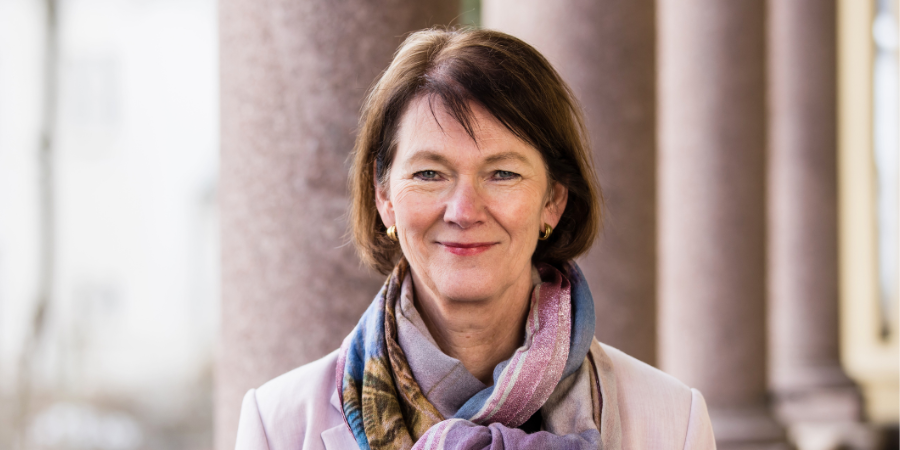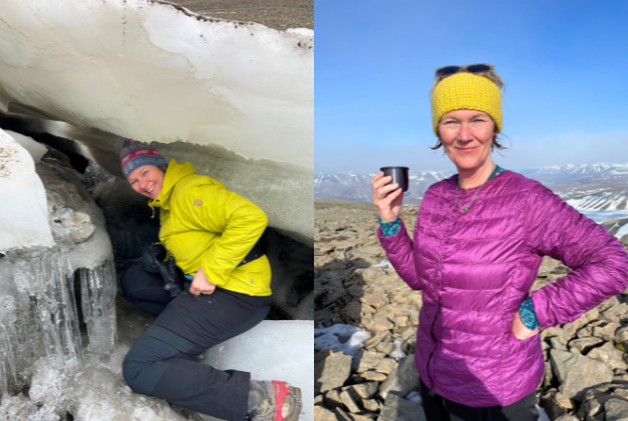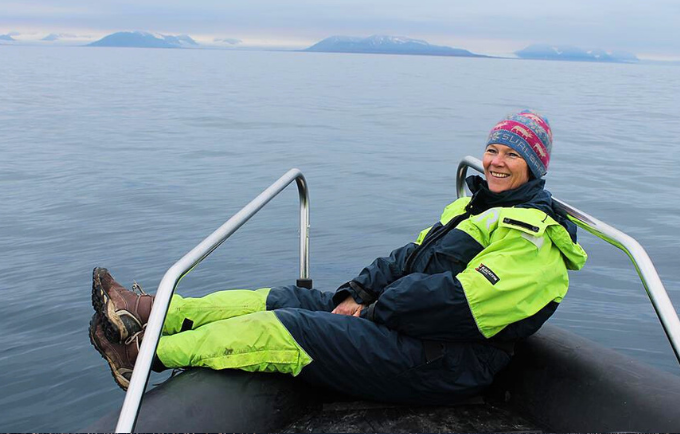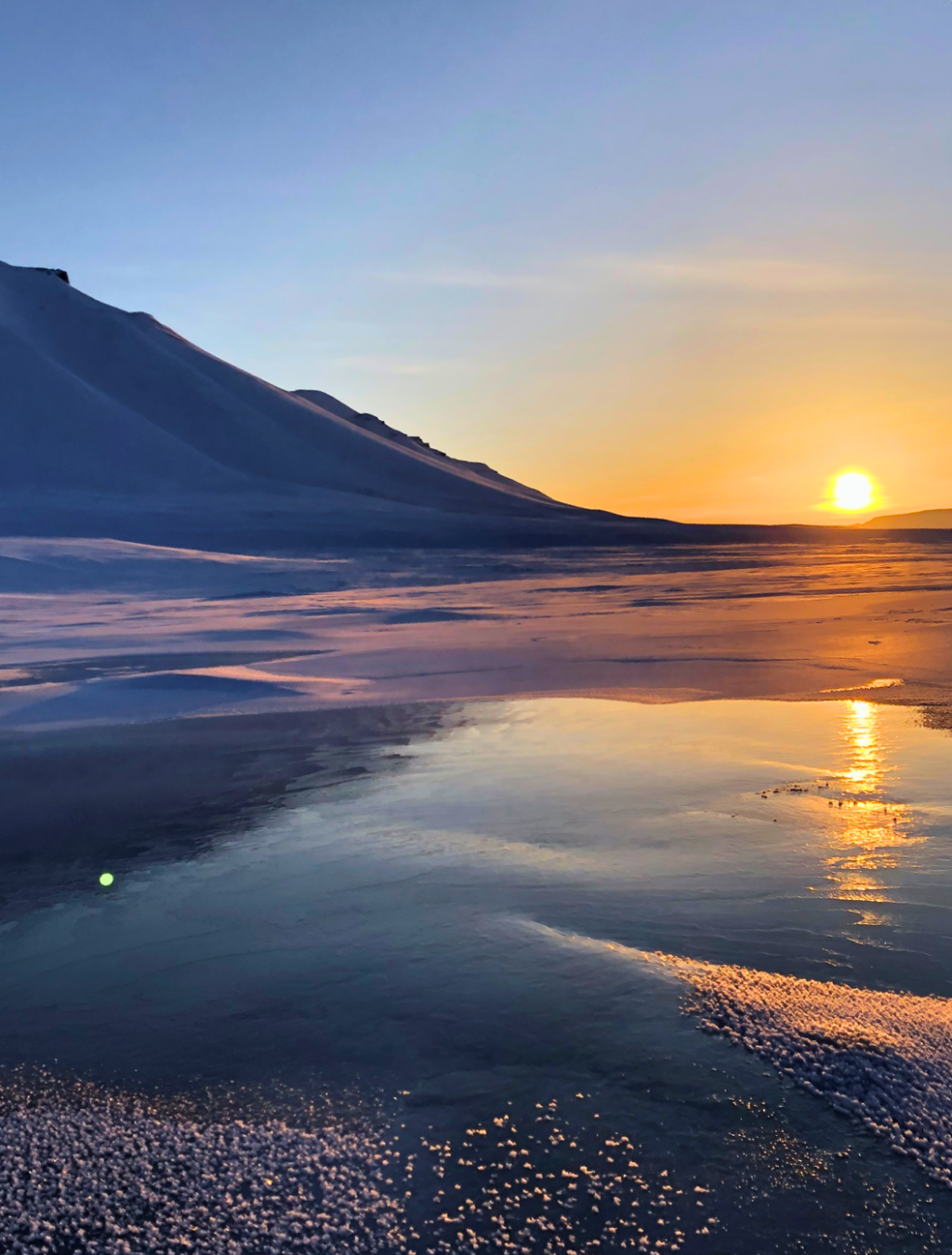Microbial worlds and climate futures: An interview with Lise Øvreås, incoming President of EASAC#
In this interview, Professor Lise Øvreås MAE highlights the vast diversity of microbes, their unseen influence on global systems, and the potential of microbial science in tackling environmental challenges.
About Lise Øvreås MAE#
Lise Øvreås MAE is a microbial ecologist and professor at the University of Bergen . Her research focuses on microbial diversity and ecology along environmental gradients, with a particular interest in how climate change affects microbial communities – including the warming of permafrost soils, glacier ecosystems and the Arctic Ocean. She has served as Academic Director of Ocean Sustainability Bergen
. Her research focuses on microbial diversity and ecology along environmental gradients, with a particular interest in how climate change affects microbial communities – including the warming of permafrost soils, glacier ecosystems and the Arctic Ocean. She has served as Academic Director of Ocean Sustainability Bergen and as President of the Norwegian Academy of Science and Letters
and as President of the Norwegian Academy of Science and Letters from 2021 to 2024.
from 2021 to 2024.
Most recently, she was appointed President of the European Academies Science Advisory Council (EASAC) and will start this position in January 2025. Professor Øvreås was elected to the Ecology and Evolution section of Academia Europaea in 2022.
(EASAC) and will start this position in January 2025. Professor Øvreås was elected to the Ecology and Evolution section of Academia Europaea in 2022.
Read the interview#
Climate change is often talked about in terms of weather, ice, or wildlife – how are microbes part of this story, especially in the Arctic?
Certain specialised microbes produce methane (CH₄) and nitrous oxide (N₂O), both potent greenhouse gases. Other microbes, like methanotrophs, consume methane, helping reduce emissions. In the Arctic, gigatonnes of carbon are stored in the permafrost. As it thaws, dormant microbes become active, decomposing ancient organic matter and thus releasing CO₂ and CH₄. This creates a positive feedback loop that accelerates warming.”
Can you describe a moment in your career when you realised the true impact of microbial ecology on global systems?
The first forms of life were microorganisms, found in fossils from 3.5 – 3.8 billion years ago. For more than 2 billion years, life and evolution on the planet was entirely prokaryotic. Even now, we have only described a small fraction of this diversity. Realising that microbes can live under extreme conditions – and drive those ecosystems – has been key to my understanding of how biodiversity is regulated and sustained.
The number of microorganisms on Earth exceeds the number of higher animals and plants. I’ve been especially fascinated by the microbes that thrive in cold and dark environments, performing crucial processes there. Advances in genomics and metagenomics have revealed the vast diversity and functional importance of microbes in soil, oceans, and the human body. In 2001 the term ‘microbiome’ was introduced, highlighting the importance of microbial communities in human health and the environment.”
You’ve held leadership roles in major scientific organisations and your work spans ecology, climate science, and sustainability. How important is interdisciplinary collaboration in tackling today’s environmental challenges?
Looking ahead, what are you most hopeful about in the field of microbial ecology?
I also hope that this knowledge will be included in science-for-policy documents and reports, helping to support more evidence-based decisions and foster public trust – in both scientists and decision makers.”
 .
.For further information please contact AECardiffHub@cardiff.ac.uk
 .
.





